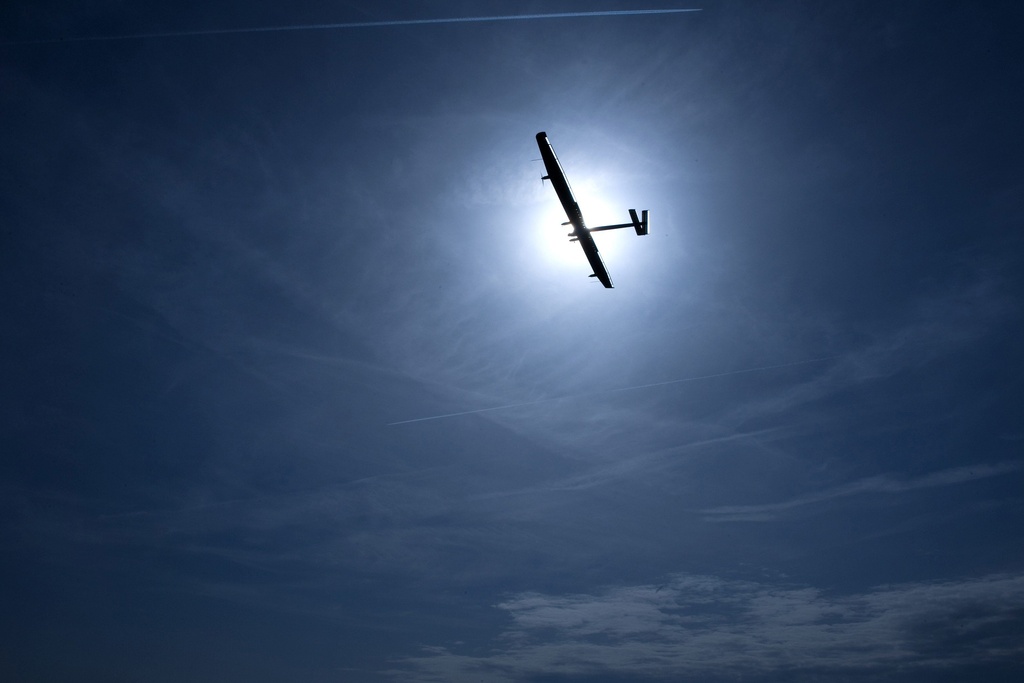Solar plane ends first intercontinental flight

Solar Impulse, a huge experimental solar-powered plane, landed in Morocco's capital late on Tuesday night after a 20-hour trip from Madrid in the first transcontinental journey by a craft of its type.
“It was perhaps the most beautiful flight of my life, I have dreamed since I was a child of flying without using fuel,” said Swiss pilot Bertrand Piccard, who has already circumnavigated the world by balloon, on arrival at Rabat’s International airport.
The single-seat aircraft is fitted with 12,000 solar cells across its dragonfly-like wings but only weighs as much as the average family car.
The plane is the first of its kind to fly both during the night and day as the solar panels charge the batteries for night flying.
Piccard said the Solar Impulse project had chosen Morocco because of its ambitious plans to increase its reliance on solar power.
“We came here out of admiration for Morocco’s pioneering solar energy program,” he said. “All of the technology on this plane can be used in daily life.”
Solar Impulse arrived in Madrid from Switzerland in late May on the first leg of the journey, but the plane was delayed for several days by bad weather before it could continue its journey to Morocco. The two-leg Europe to Africa trip covered 2,500 kilometres.
The intercontinental adventure is seen as a final dress rehearsal for a round-the-world flight with a new and improved plane in 2014 that will involve five stops.
The project began in 2003 and is estimated to cost about $100 million (SFr96.1 million) over ten years. It embarked on its first flight in April 2010 and completed a 26-hour flight, a record flying time for a solar powered aircraft, three months later.
Seven years of work, calculations, simulations and tests were needed by the 70-person team to complete the aircraft.
The plane has the wingspan of a Boeing 747-400 and the weight of an average family car at 1,600kg.
It has 12,000 solar cells mounted onto the wing, which will supply energy to the four electric motors with a maximum power of 10 HP each.
During the day they will also charge the polymer lithium batteries (400kg), which will allow the aircraft to fly at night.
A second plane – which will be undertake the round-the-world flight in 2014 – is currently under construction.
The ten-year project is expected to cost around SFr120 million ($133.6 million).

In compliance with the JTI standards
More: SWI swissinfo.ch certified by the Journalism Trust Initiative











You can find an overview of ongoing debates with our journalists here . Please join us!
If you want to start a conversation about a topic raised in this article or want to report factual errors, email us at english@swissinfo.ch.